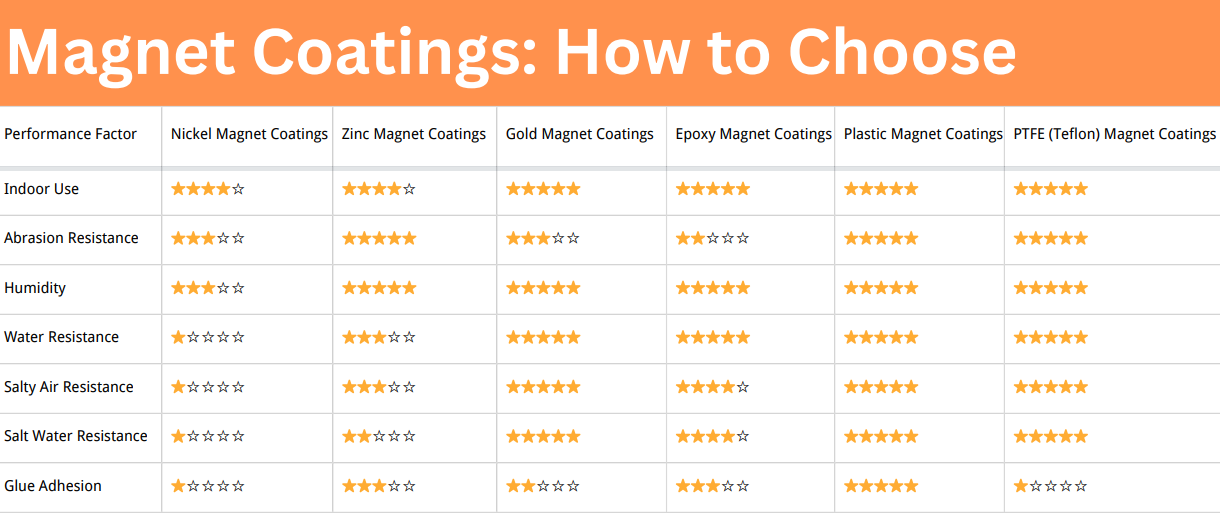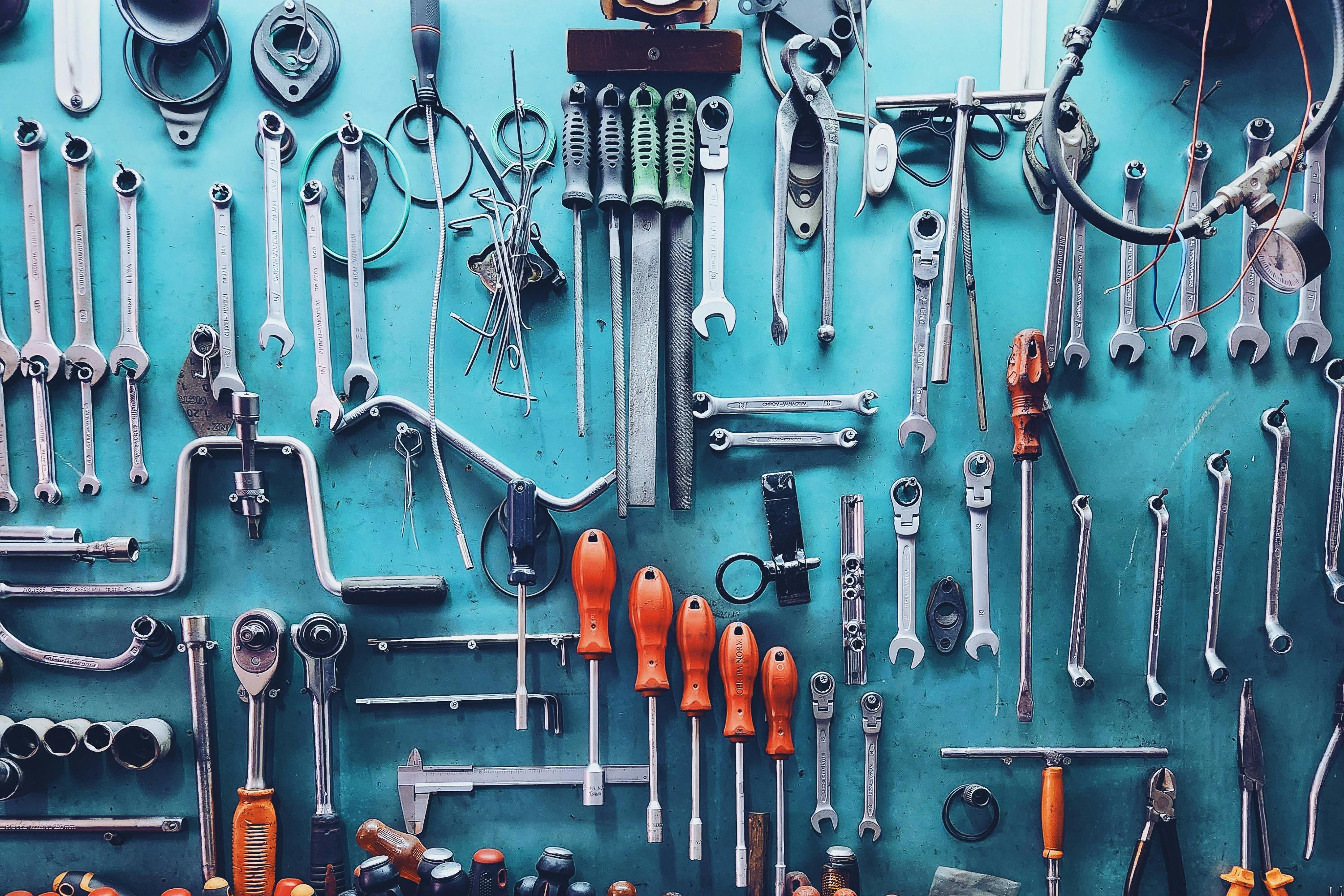7 Fun Facts about Magnets
Magnet refers to a substance that can generate a magnetic field. Magnets are widely used and can be seen everywhere in our lives. However, there are still some interesting facts related to magnets that many people may not be familiar with. So in this article, let's take a look at 7 fun facts about magnets.
 Fun Facts about Magnets
Fun Facts about Magnets
1. How many types of magnets out there?
Classified by components: neodymium magnets, ferrite magnets, samarium cobalt magnets, alnico magnets, and iron-chromium-cobalt magnets. Classified by shapes: round magnets, square magnets, tile-shaped magnets, special-shaped magnets, cylindrical magnets, etc.
2. Which type of magnet has the best magnetic performance?
The answer is neodymium magnets, which belong to the third generation of rare-earth permanent magnets, also known as powerful magnets or king of magnets.
3. What is the maximum working temperature of magnets?
The maximum working temperature of different magnets is different. Generally speaking, the maximum operating temperature of a magnet refers to a certain temperature, beyond which the irreversible loss of magnetism of the magnet will occur. The maximum working temperature of ferrite magnets is 450℃, NdFeB magnets 310℃, Samarium Cobalt magnets 750℃, and AlNiCo magnets 850℃.
4. How long is the service life of a permanent magnet?
In theory, the service life of a permanent magnet is permanent. But in fact, its service life varies with different working environments. Two main factors affect the life of the magnet: corrosion and demagnetization. Like neodymium magnets, they are easily corroded. Therefore, electroplating and surface anti-corrosion treatment must be done. If the anti-corrosion treatment is not done, they may oxidize quickly and even become powder. Another influencing factor is demagnetization. After the permanent magnet is demagnetized, its service life will be affected. Even if it is re-magnetized, the previous performance may not be achieved.
5. What are the common processing techniques for magnets?
Common processing methods for magnets include wire cutting, grinding, chamfering, electroplating, punching, and so on.
6. What material is the magnet made of?
There are many types of magnets, and the component materials of different types of magnets are also different. Common ferrite magnets are mainly composed of Fe3O4, and neodymium magnets are mainly composed of neodymium, iron, boron, and other rare earth metals such as dysprosium (Dy) and praseodymium (Pr). The main components of samarium cobalt magnets are rare earth samarium, cobalt, iron, copper, and zirconium. Alnico permanent magnet is an alloy composed of metal aluminum, nickel, cobalt, iron, and other trace metal elements.
7. What are the applications of permanent magnets?
Permanent magnets are widely used, such as permanent magnet motors, sensors, speakers, generators, magnetic therapy, hardware toys, and so on.
Conclusion
Thank you for reading our article and we hope it can help you to have a better understanding of the fun facts about magnets. If you want to learn more about magnets, we would like to advise you to visit Stanford Magnets for more information. As a leading magnet supplier across the world, Stanford Magnets has been involved in R&D, manufacturing, and sales of magnets since the 1990s. It provides customers with high-quality permanent magnets like SmCo magnets, neodymium magnets, AlNiCo magnets, and ferrite magnets (ceramic magnets) at a very competitive price.














